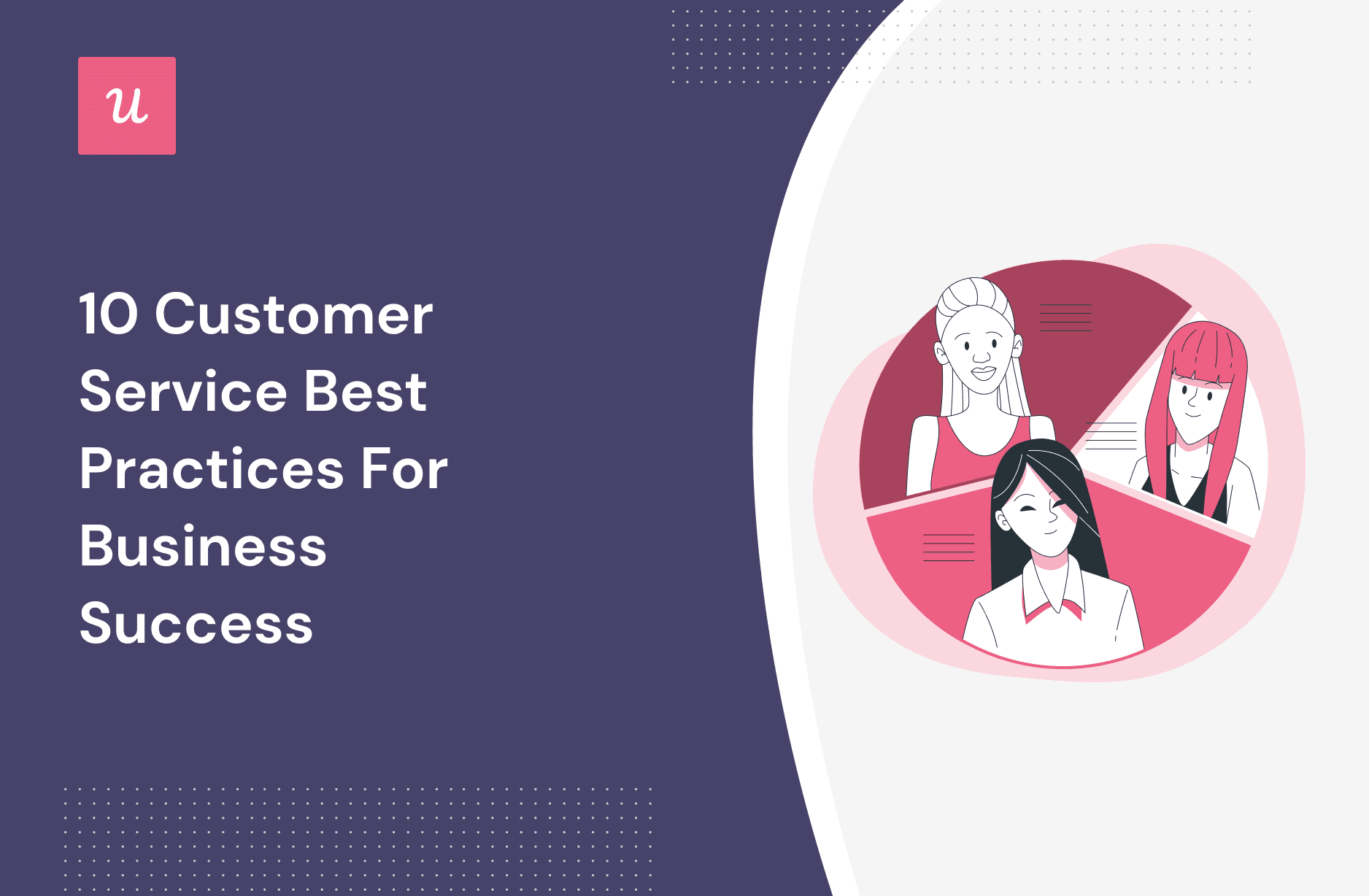
Get The Insights!
The fastest way to learn about Product Growth, Management & Trends.
Customer service best practices to build customer loyalty
Successful companies not only have great software but also have customer support built into their core processes.
That’s because in today’s overcrowded market, where companies offer similar products for similar prices, customer service makes all the difference.
Apply the following best practices to consistently provide customers with the best experience:
1. Offer in-product guidance to remove friction and decrease the need for support
Don’t leave customers to navigate your app on their own — especially when they’re new users or interacting with fresh releases.
Provide proactive in-app guidance by automatically launching interactive walkthroughs, tooltips, or modals based on user actions.
Doing this will eliminate the need to contact support agents and help users move forward smoothly.

2. Provide self-service support through an in-app resource center
69% of customers prefer solving issues on their own rather than contacting a support agent. It reduces friction and saves them time.
Make it easy for your users by having a self-serve support center that fills all vital knowledge gaps.
You can host this support center on your website, but it’s better on the app. That way, customers don’t have to open multiple tabs when they need to resolve quick issues.
How to go the extra mile with your self-serve center:
- Create multiple content types—videos, help docs, infographics, etc., so customers have different ways to learn.
- Organize the resource center content into different modules.
- Include a search bar to improve the user experience.

3. Use segmentation to personalize support and improve customer satisfaction
Building a self-serve support center isn’t enough. You also want to ensure customers have the best experience when searching for information.
One way to do that is through segmentation. Set your support center to show or hide modules based on where the user is in the journey or product page.
Personalizing customer service this way will prevent information overload and help users find relevant information with ease.

4. Embrace AI-powered chatbots to deliver exceptional customer service
Highly efficient chatbots bridge the gap between a knowledge base and live support. The good thing about chatbots is they can respond to customer queries 24/7 and answer multiple users simultaneously. This reduces the customer wait time and improves the first contact resolution rate.
The usual approach is to train your chatbots to respond to frequently asked questions and redirect users to human agents for more complex queries. But you can go the extra mile, thanks to the rise of AI in customer service.
For example, combining Natural Language Processing (NLP) and sentiment analysis will help you tailor responses, show empathy, and solve complex problems.

5. Localize support for a better customer experience
Localization helps you overcome linguistic and cultural barriers and offer a better user experience.
When localizing an in-app help center, you have two options: hire translators or utilize platforms that offer automatic localization. The former is more expensive and less scalable compared with using tools like Userpilot to auto-translate help resources.

6. Create video tutorials to simplify the customer service interactions
Videos convey complex ideas in a simpler way. They also make it easy to follow and replicate tutorials, turning them into good tools for customer service reps—your agents can refer to them when needed instead of explaining the same thing over and over.
You don’t even need human resources to create stunning and engaging videos. AI-powered video platforms like Synthesia can turn text into a video with just a few commands. Synthesia takes it a notch higher, allowing you to use virtual avatars that look like humans.
The best? Userpilot seamlessly integrates with this software to make video tutorials a breeze.

7. Adopt an omnichannel mindset for excellent customer service
Customers make inquiries and purchases on different communication channels. They use emails, social media, phone, live chat, in-app messaging, etc., so relying on a single-channel support system is no longer effective.
But don’t just have multiple communication systems. Bring all your customer support channels under one roof, making it easier to track the customer journey across channels and provide on-the-go support.
Your agents will have access to customer history and relevant details regardless of the channel through which the interaction originated.

8. Leverage customer journey analytics for insightful customer data
Customer journey analytics help you uncover behavioral patterns and show where users struggle and drop off.
Armed with this information, you can investigate further and create helpful resources to help customers progress more smoothly.
Tools like Userpilot makes journey analytics easy. With our platform, you can track events, feature usage, set in-app goals, and analyze your conversion funnel to understand user behavior.

9. Gather customer feedback on your customer service team and improve
Trigger a survey after each customer interaction to understand customer satisfaction with the received support and rate customer service agents’ performance.
Use the feedback to further improve the quality of your customer service and enhance user satisfaction.
In addition to the above, keeping track of responses over time can show you patterns and trends in customer service experiences. You’ll use the information to make data-driven decisions and build the best customer service team.

10. Build digital communities and encourage peer-to-peer support
Digital communities give users a space to share issues and get help from more experienced product users.
New users can also dig through the community content to find useful information for navigating their product journey with ease.
You have three options when building digital communities:
- Create a community on your website, like Hubspot and other SaaS brands.
- Utilize messaging apps like Slack or Discord.
- Use social media platforms like Facebook or LinkedIn just like Userpilot does.

Conclusion
Customers are the backbone of every business, particularly the SaaS model that relies on repeat purchases.
Effective customer service will make customers stick with you and even become loyal users. So never stop making efforts to improve your service experiences.
Begin by implementing the customer service best practices learned in this article. Get a Userpilot Demo now to see how our platform can help you do so code-free!





